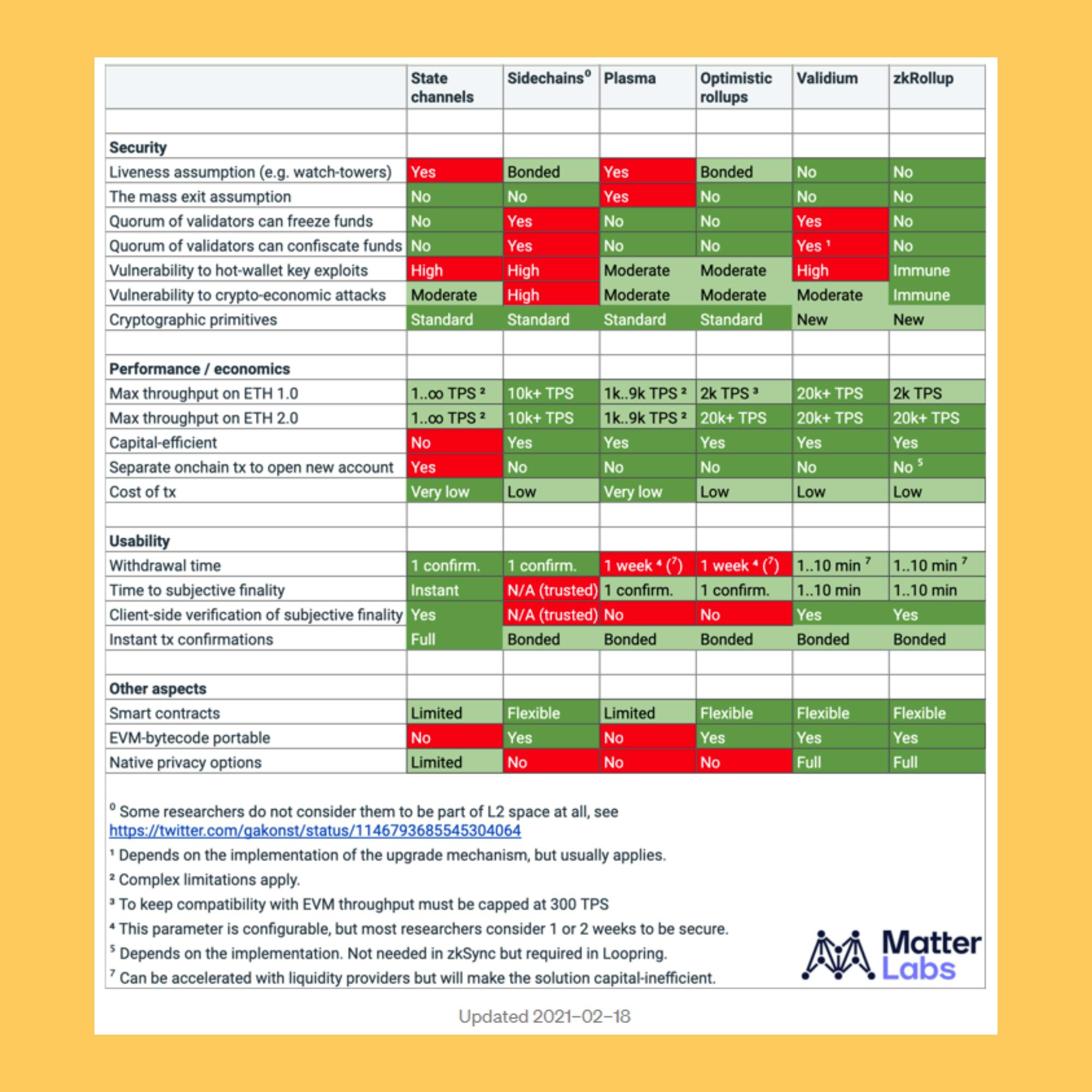Quick summary
Sidechains are independent blockchains that are compatible with Ethereum to help with scaling. They do this by offering a faster and cheaper blockchain for transactions. When users finish their transactions, they can easily move their tokens back to the main Ethereum network.
The issue with Layer 1
Before explaining what Layer 2 is, it is worth having explaining Layer 1 and the problems that Layer 2 attempts to solve.
Layer 1 refers to the Ethereum blockchain. Due to its popularity, the network has become congested. This raises Ethereum network fees (‘gas’) and makes transactions prohibitively expensive for many people.
The alternative to sidechains are Layer 2 solutions. We have a piece on them that you can access here.
Sidechains
Sidechains are independent blockchains that are compatible with Ethereum. They connect with each other through a two-way bridge. This bridge allows tokens to be exchangeable between the two blockchains so that these tokens can be used on the sidechain to reduce congestion on Layer 1. When users are finished with their activity on the sidechain they can then use this bridge to return their tokens back to Layer 1.
As sidechains are independent blockchains, they have their own consensus mechanism. That is how sidechains secure their network. It is also how they enable faster and cheaper transactions compared to Ethereum. But, this means sidechains aren’t secured by Layer 1. When using a sidechain, you lose custody of your funds as you're relying on the sidechain’s security.
Examples of sidechains are: Skale and POA Network
Plasma
Plasma scaling solutions are similar to sidechains. But the key difference is that they are non-custodial and use fraud proofs to process transactions.
Like sidechains, plasma chains have their own consensus algorithm to secure the network. Unlike sidechains, plasma chains rely on Layer 1 security. Plasma chains publish the Merkle "root" of each block to Layer 1 to confirm the activity on the plasma chain. Block roots are pieces of information that contain the wider transaction activity in the block. They are like how zip files work with files.
Examples of plasma solutions are: Polygon and OMG Network
Channels
Channels allow invited participants to transact with each other away from Layer 1. This solution has the highest transaction throughput and the lowest cost per transaction. But they don't support open participation, making them exclusive to use.
To create a channel, users will need to lock their ETH or ERC-20 tokens into a multisig. The deposits will be the amount that users can transact with each other in the channel. When users finish making their transactions, they can close the channel by submitting a second transaction to Layer 1. When the channel closes, no more trading activity can occur.
There are two types of channels: payment and state. Payment channels are for paying two or more people. State channels are for more complex use cases. The Ethereum foundation uses a game of tic-tac-toe as an example.
Examples of channels are: Raiden and Connext
Comparing sidechains against Layer 2 solutions
Sidechains and Layer 2 solutions come with trade-offs designed for specific purposes. This table created by the Matter Labs teams compares each solution side-by-side.
This table has been grouped into four categories:
- Security
- Performance/ Economics
- Usability
- Other

The full article is linked here, which has all the analysis of the Matter Labs team.
Further resources
Jack O’Holleran, CEO of SKALE Labs discussing how SKALE works
How to use Polygon by Ben Giove for Tactic Tuesday in the Bankless Newsletter
Ready to get started with DeFi?
Argent is a simple, secure, all in one wallet for investing in DeFi
Download Argent